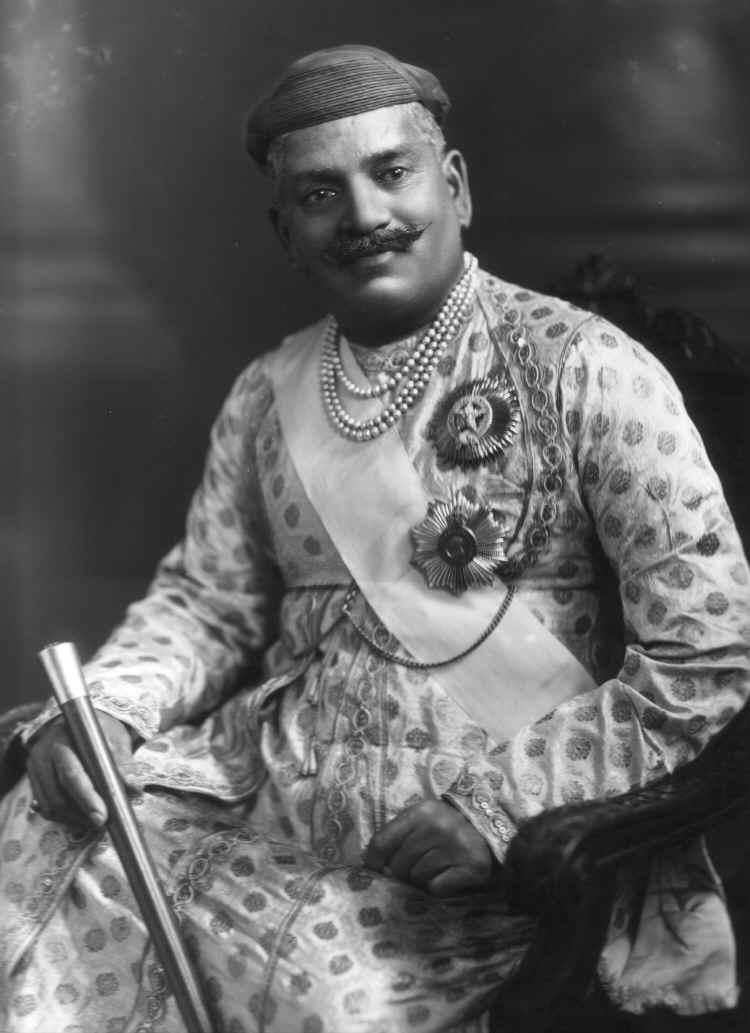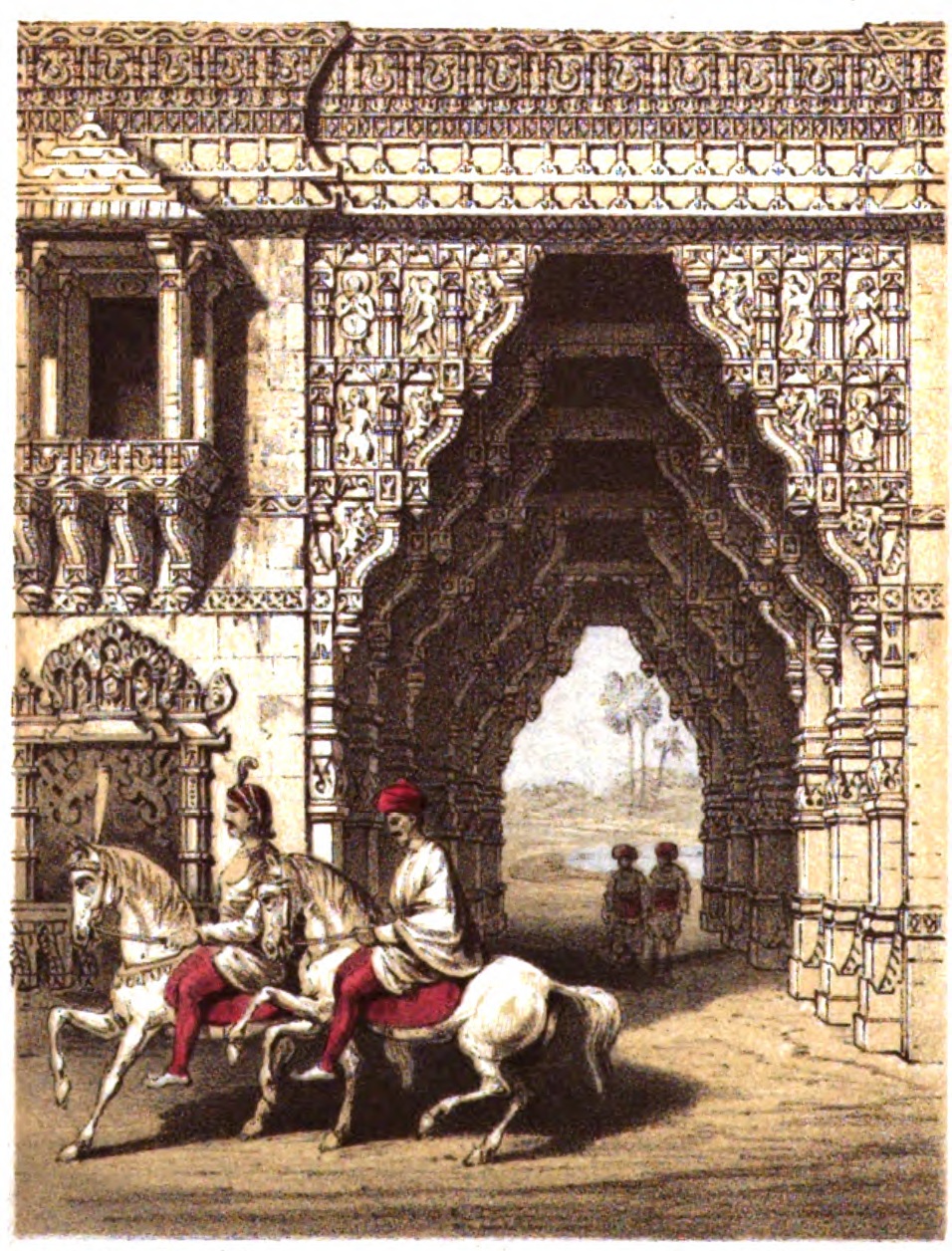|
Bharejda
Bharejda or Bhanejda, also corrupted to Bharejra, is a village and former princely state, now in Chuda Taluka of Surendranagar district in Gujarat, western India. History Bharejda, a minor princely state of Jhalawar ''prant'', which during the British raj was handled by the colonial Eastern Kathiawar Agency, comprised only the sole village. Bhanejda literally means village of the Sister's Son, so called because this village was given from the Kathi-state (Sudamda-) Dhandhalpur to the Chieftain's nephew, a fellow Kathi caste of the sub-tribe of Bhambhla, by whose descendants it is held till British period. It was ruled by a Kathi Chieftain. It had a population in 1901 of 421, yielding a state revenue of 1,702 Rupees (1903–04, mostly from land), paying a tribute of 126 Rupees, to the British and the Sukhdi State. References This article incorporates text from a publication now in the public domain The public domain (PD) consists of all the creative work A c ... [...More Info...] [...Related Items...] OR: [Wikipedia] [Google] [Baidu] |
Eastern Kathiawar Agency
The Baroda, Western India and Gujarat States Agency was an agency of the Indian Empire, managing the relations of the Provincial Government of the Bombay Presidency with a collection of princely states. The political agent in charge of the agency resided at Baroda (Vadodara). History In 1937 the princely states of the Baroda Agency were merged with those of the agencies adjacent to the northern part of the Bombay Presidency, Rewa Kantha Agency, Surat Agency, Nasik Agency, Kaira Agency and Thana Agency, in order to form the Baroda and Gujarat States Agency. On 5 November 1944 the Baroda and Gujarat States Agency was merged with the Western India States Agency (WISA) to form the larger Baroda, Western India and Gujarat States Agency. After the Independence of India in 1947, as India and Pakistan, the rulers of the princely states of the agency signed the Instrument of Accession and joined India. Only a few princely states such as Junagadh and (Bantva) Manavadar linge ... [...More Info...] [...Related Items...] OR: [Wikipedia] [Google] [Baidu] |
Jhalawar Prant
:''See Jhalawar for namesakes'' Jhalawar(zalawad) was the northernmost of the four ''prant''s (traditional regions) into which the many feudal units (mostly petty princely states) of Kathiawar on Saurashtra peninsula in present Gujarat (western India) were divided, the others being Halar (west), Gohelwar (southeast) and Sorath (south). Its salute states were : * First Class : dhrangadhra state ,title of maharajadhiraj maharana sahib ,Hereditary salute of 13 guns before independence the take 15 gun salute. wankaner state, title of maharana sahib,hereditary salute of 11 guns * Second Class : ** Limbdi State, title Thakore Sahib, Hereditary salute of 9-guns ** Wadhwan State, title Maharana, Hereditary salute of 9-guns Its main non-salute states included this all state rule under the jhala rajputs : * Third Class : Chuda State, Lakthar State, Sayla State * Fourth Class : Bajana State, Muli State, Patdi State * Fifth Class : Vanod State * Sixth Class : Anandpur State, Bhoika ... [...More Info...] [...Related Items...] OR: [Wikipedia] [Google] [Baidu] |
Princely State
A princely state (also called native state or Indian state) was a nominally sovereign entity of the British Indian Empire that was not directly governed by the British, but rather by an Indian ruler under a form of indirect rule, subject to a subsidiary alliance and the suzerainty or paramountcy of the British crown. There were officially 565 princely states when India and Pakistan became independent in 1947, but the great majority had contracted with the viceroy to provide public services and tax collection. Only 21 had actual state governments, and only four were large ( Hyderabad State, Mysore State, Jammu and Kashmir State, and Baroda State). They acceded to one of the two new independent nations between 1947 and 1949. All the princes were eventually pensioned off. At the time of the British withdrawal, 565 princely states were officially recognised in the Indian subcontinent, apart from thousands of zamindari estates and jagirs. In 1947, princely states covered ... [...More Info...] [...Related Items...] OR: [Wikipedia] [Google] [Baidu] |
Surendranagar District
Surendranagar is an administrative district in Saurashtra region of Gujarat state in India. It has a population of approximately 1.7 million people. Surendranagar city, along with the twin city of Wadhwan, has a total of 400,000 inhabitants, and is known as "Camp". Economy In the past, Surendranagar was used by colonialists as a hill station, because of its dry environment that was beneficial for some physical as well as mental ailments. Surendranagar's dry air is still believed to be the best place in Gujarat to cure tuberculosis patients. District capital Surendranagar, which lies under Municipality body is suffering from poor condition of roads and the two Causeways which join both the sides of city divided by Bhogavo River. Municipality body of city is considered to be a candidate for status of Municipal Corporation for a long time but due to some political reasons it never happen. It has the second highest number of educational institutes per capita. Many newspap ... [...More Info...] [...Related Items...] OR: [Wikipedia] [Google] [Baidu] |
Gujarat
Gujarat (, ) is a state along the western coast of India. Its coastline of about is the longest in the country, most of which lies on the Kathiawar peninsula. Gujarat is the fifth-largest Indian state by area, covering some ; and the ninth-most populous state, with a population of 60.4 million. It is bordered by Rajasthan to the northeast, Dadra and Nagar Haveli and Daman and Diu to the south, Maharashtra to the southeast, Madhya Pradesh to the east, and the Arabian Sea and the Pakistani province of Sindh to the west. Gujarat's capital city is Gandhinagar, while its largest city is Ahmedabad. The Gujaratis are indigenous to the state and their language, Gujarati, is the state's official language. The state encompasses 23 sites of the ancient Indus Valley civilisation (more than any other state). The most important sites are Lothal (the world's first dry dock), Dholavira (the fifth largest site), and Gola Dhoro (where 5 uncommon seals were found). Lothal ... [...More Info...] [...Related Items...] OR: [Wikipedia] [Google] [Baidu] |
Prant
A prant is a historical district in India, and a native British Raj age term for a colonial district. The same name can thus have different meanings depending on the period. Pre-colonial Some prants are traditional names for parts of historical regions, such as the original ten regions of Kathiawad on Saurashtra peninsula in Gujarat: Jhalawar in the north, Machhukantha west of it, Halar in the northwest, Okhamandal in the extreme west (controlled by Baroda), Barda of Jethwar along the southwest coast, Sorath (a Muslim corruption of Saurashtra) in the south, Babriawar in the hilly southeast, Kathiawar proper (large and central), Undsarviya along Shetrunji river and then finally Gohelwad, along the eastern Cambay coast and comminated by Gohel Rajputs. Colonial British During the British raj, the term is often applied to the colonial Districts of British India. Thus the colonial agency exercising indirect rule over the princely states in Kathiawar on Saurashtra peninsula in ... [...More Info...] [...Related Items...] OR: [Wikipedia] [Google] [Baidu] |
British Raj
The British Raj (; from Hindi language, Hindi ''rāj'': kingdom, realm, state, or empire) was the rule of the British The Crown, Crown on the Indian subcontinent; * * it is also called Crown rule in India, * * * * or Direct rule in India, * Quote: "Mill, who was himself employed by the British East India company from the age of seventeen until the British government assumed direct rule over India in 1858." * * and lasted from 1858 to 1947. * * The region under British control was commonly called India in contemporaneous usage and included areas directly administered by the United Kingdom of Great Britain and Ireland, United Kingdom, which were collectively called Presidencies and provinces of British India, British India, and areas ruled by indigenous rulers, but under British British paramountcy, paramountcy, called the princely states. The region was sometimes called the Indian Empire, though not officially. As ''India'', it was a founding member of the League of Nations, a ... [...More Info...] [...Related Items...] OR: [Wikipedia] [Google] [Baidu] |
Dhandhalpur
Sudamda-Dhandalpur is a pair of villages in the Surendranagar district of Gujarat state, western India. History Sudamda-Dhandalpur was a minor princely state of Jhalawar ''prant'', which during the British Raj The British Raj (; from Hindi ''rāj'': kingdom, realm, state, or empire) was the rule of the British Crown on the Indian subcontinent; * * it is also called Crown rule in India, * * * * or Direct rule in India, * Quote: "Mill, who was himsel ... was handled by the colonial Eastern Kathiawar Agency. References External links Imperial Gazetteer on DSAL - Kathiawar Villages in Surendranagar district Princely states of Gujarat {{India-hist-stub ... [...More Info...] [...Related Items...] OR: [Wikipedia] [Google] [Baidu] |
Kathi Caste
The Kathi people is a small group of clans found in the peninsular Kathiawar (now called Saurashtra) region of Gujarat, western India. It was from the Kathis that the Maratha Empire and later the British Raj named the Saurashtra region as Kathiawar until it was renamed Saurashtra, as the Kathis were prominent there during the 17th-18th centuries. The Kathis are a peasant caste, and have historically married with Rajputs, Ahirs, and Barbarias. The Kathis practiced the partition of territory upon a rulers death, in which his territory would be carved out among his sons. However, the British encourage the practice of primogeniture Primogeniture ( ) is the right, by law or custom, of the firstborn legitimate child to inherit the parent's entire or main estate in preference to shared inheritance among all or some children, any illegitimate child or any collateral relativ ..., in which a ruler's territory would be completely inherited by his eldest son (or whomever was ... [...More Info...] [...Related Items...] OR: [Wikipedia] [Google] [Baidu] |
Public Domain
The public domain (PD) consists of all the creative work to which no exclusive intellectual property rights apply. Those rights may have expired, been forfeited, expressly waived, or may be inapplicable. Because those rights have expired, anyone can legally use or reference those works without permission. As examples, the works of William Shakespeare, Ludwig van Beethoven, Leonardo da Vinci and Georges Méliès are in the public domain either by virtue of their having been created before copyright existed, or by their copyright term having expired. Some works are not covered by a country's copyright laws, and are therefore in the public domain; for example, in the United States, items excluded from copyright include the formulae of Newtonian physics, cooking recipes,Copyright Protection No ... [...More Info...] [...Related Items...] OR: [Wikipedia] [Google] [Baidu] |
Princely States Of Gujarat
A prince is a male ruler (ranked below a king, grand prince, and grand duke) or a male member of a monarch's or former monarch's family. ''Prince'' is also a title of nobility (often highest), often hereditary, in some European states. The female equivalent is a princess. The English word derives, via the French word ''prince'', from the Latin noun , from (first) and (head), meaning "the first, foremost, the chief, most distinguished, noble ruler, prince". Historical background The Latin word (older Latin *prīsmo-kaps, literally "the one who takes the first lace/position), became the usual title of the informal leader of the Roman senate some centuries before the transition to empire, the ''princeps senatus''. Emperor Augustus established the formal position of monarch on the basis of principate, not dominion. He also tasked his grandsons as summer rulers of the city when most of the government were on holiday in the country or attending religious rituals, and, fo ... [...More Info...] [...Related Items...] OR: [Wikipedia] [Google] [Baidu] |





